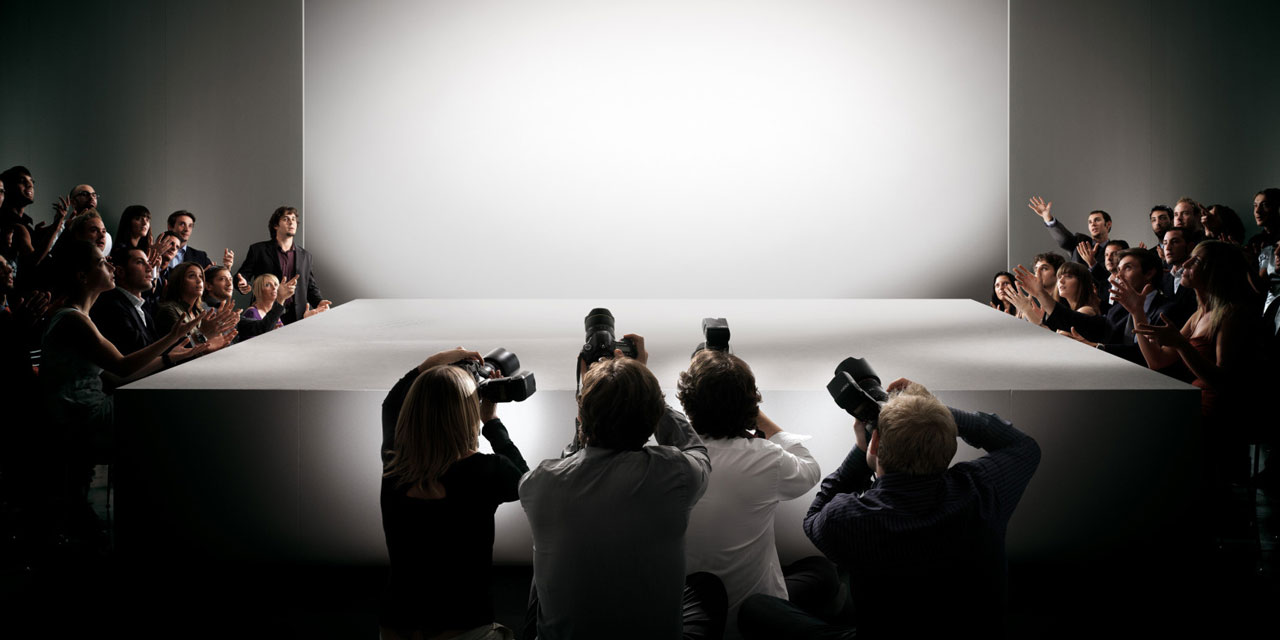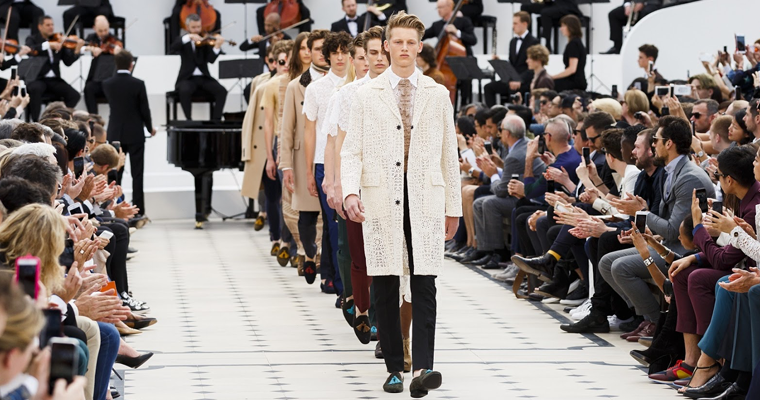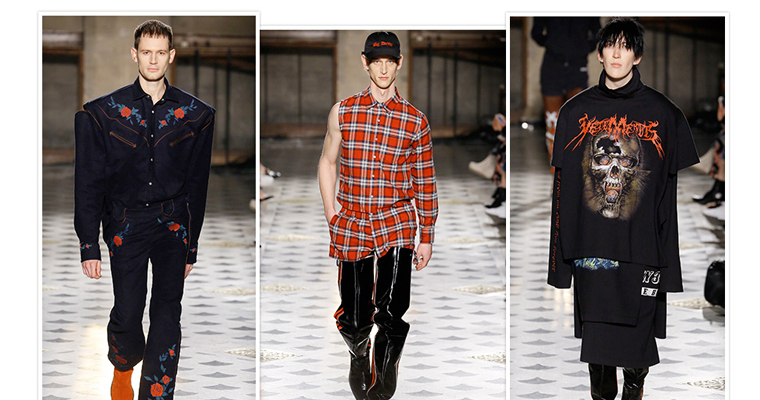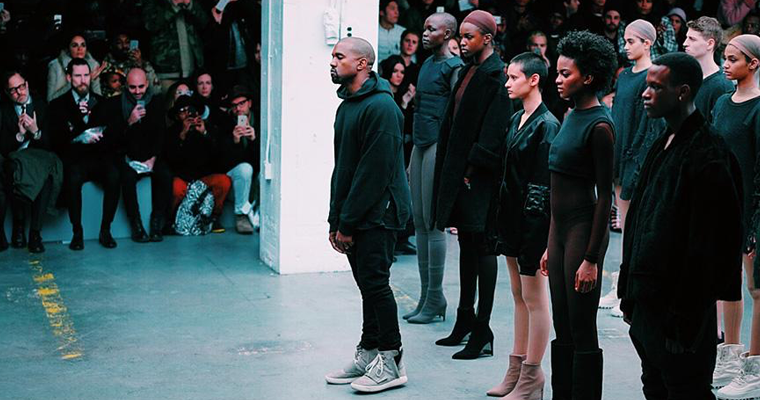Experiential in Luxury: Runways and Instant Gratification

In the past three years, fashion houses have realized the traditional timeline of season showing-to-retail is obsolete. More and more, fashion enthusiasts are losing interest in S/S and F/W offerings when their release is over six months to a year from being debuted. This is a scary awakening, but these brands have already started using the latest tech to feed consumers’ need for instant gratification.

One of the most groundbreaking events in recent history is Burberry’s F/W 2016 show which debuted in February in partnership with Apple. To celebrate the release of Apple’s next-gen Apple TV and new Burberry app, the British fashion house streamed their entire show as well as musical performances and behind-the-scenes content through the eponymous app.
At the conclusion of the runway show, consumers and viewers were directed to an online shop containing the entire season’s offering available for pre-order or purchase. This new fashion model has now become more and more of a necessity to grab consumer’s attention. Since the show in February, many other fashion houses have adopted this model including Prada and Alexander Wang, thus breaking the fashion calendar. These new user experiences are driving changes in the fashion industry through technology and social media.
I’m sure some of you are reading this and all you’re thinking in your head is WHO CARES? To many of us, we don’t necessarily buy high fashion labels, let alone care about them. However, the disruption of the traditional fashion calendar and further integration of technology prove many important changes. First off, social media and devices like Apple TV have turned those apathetic to the fashion world into hungry fans and critics. Designers become web celebrities (ie. Jeremy Scott from Moschino with his OWN MOVIE), runway shows become treasure troves of social media potential, t-shirts and blazers become viral like never before.

Secondly, those who are willing to pay thousands for luxury goods are proving they are willing to buy virtually anywhere, not just at boutiques and department stores anymore.
When designers make the decision to place future season’s items up for pre-order directly after their debut, some of the most coveted items are sold out before they are even produced. This can even be seen on a smaller scale with Kanye West’s Adidas debut. In February 2015, Kanye West presented Yeezy Season 1: his first collection in collaboration with Adidas which featured camo outerwear, oversized fits, nude tones, and of course, highly coveted footwear.
After the conclusion of the show, West’s first sneaker: the Yeezy Boost 750, was made available for reservation locally in NYC through the new app, Adidas Reserved. Customers reserved the sneaker and could grab them at a designated retailer the following weekend. This is a key example of how these disruptions in the fashion world are quickly influencing consumer goods and could drastically change what we buy, where we buy, and how we buy.

In the meantime, I’ll continue to drool over Saint Laurent sneakers and Yeezy jackets I’ll never own.
Are you a brand or company trying to ‘disrupt’ a given industry or commodity? Get ahold of us at Inphantry by emailing our office at: Base@inphantry.com or by emailing our New Business Manager Cam King at: Cam@inphantry.com
